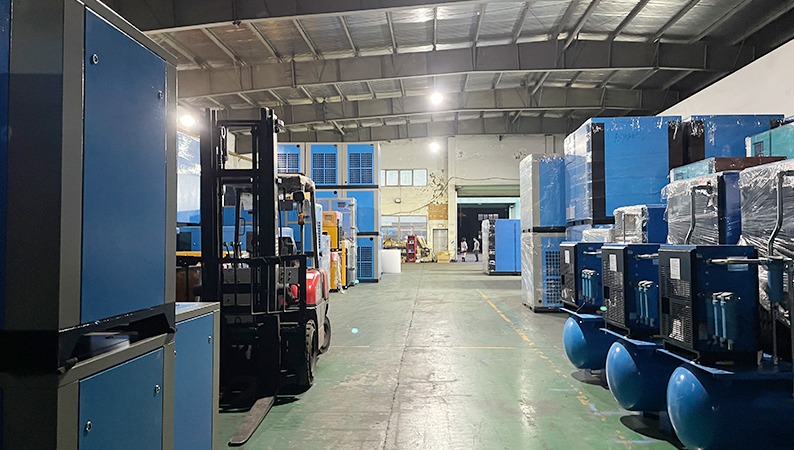Correct installation and upkeep of fixed-speed screw compressors are necessary to guarantee optimum performance, dependability, and lifetime. To maximize the effectiveness and productivity of these devices, proper installation instructions, regular maintenance practices, and troubleshooting skills are essential. We’ll look at the critical factors to consider when installing and maintaining fixed-speed screw compressors, emphasizing good installation practices, regular maintenance routines, and resolving typical problems. If you need to learn more about fixed-speed compressors then search on this site https://wenanorsc.com/fixed-speed-screw-compressors/.
Routine Maintenance Procedures
Lubrication
The smooth operation and lifetime of fixed-speed screw compressors depend on proper lubrication. For the type and frequency of lubrication needed, abide by the manufacturer’s recommendations. Check the oil quality and quantity frequently, and top off or replace the lubricant as necessary. Proper lubrication minimizes friction, lowers wear and tear, and ensures the compressor operates effectively.
Cooling System Maintenance
To guarantee effective operation, the cooling system of fixed-speed screw compressors should be frequently inspected and maintained. Check the coolant level and quality, and ensure that the coolant circulates properly through the system. To avoid fouling and maximize cooling effectiveness, inspect and maintain condensers and evaporators regularly.
Filter Maintenance
According to the manufacturer’s recommendations, air filters are essential for preserving the caliber of compressed air and safeguarding the compressor from impurities. Filters that are clogged or unclean can reduce airflow, use more energy, and impair the compressor’s functionality.
Troubleshooting Common Issues with Fixed-Speed Screw Compressors
High Discharge Temperature
Elevated discharge temperatures may indicate problems with cooling, blocked coolers, or poor lubrication. Examine the cooling system, including the coolers, fans, and airflow, to guarantee heat dissipation. To lessen friction and heat generation, clean or replace clogged coolers and ensure they are well lubricated. Consult the manufacturer or a skilled expert for additional diagnosis and repair if the issue persists.
Insufficient Pressure or Capacity
There could be some causes at work if the compressor cannot deliver the necessary pressure or capacity. Inspect the air filters and, if necessary, clean or replace them. Clean or fix the intake and discharge valves as necessary after ensuring they operate correctly. Check to see if the compressor works within the advised ranges and make any necessary adjustments. Consult a professional to assess the system and make the necessary corrections or modifications if the problem continues.
Electrical Issues
Electrical issues might bring on compressor malfunctions or breakdowns. Inspect the electrical connections, including the wiring, fuses, and breakers, to guarantee appropriate operation. Check the sensors and control panel for any damaged or malfunctioning indicators. Consult a licensed electrician or the manufacturer for a full inspection and repair if electrical problems are suspected.
Excessive Energy Consumption
Energy usage that is higher than usual may indicate system malfunctions or inefficiency. Ensure the compressor runs within acceptable ranges, including the appropriate pressure and temperature settings. For optimum performance, check and maintain the cooling and lubricating systems. Make sure there are no energy leaks or other sources of wasted air. Consult a professional to assess the system and find any potential areas for improvement if energy usage continues to be high.
